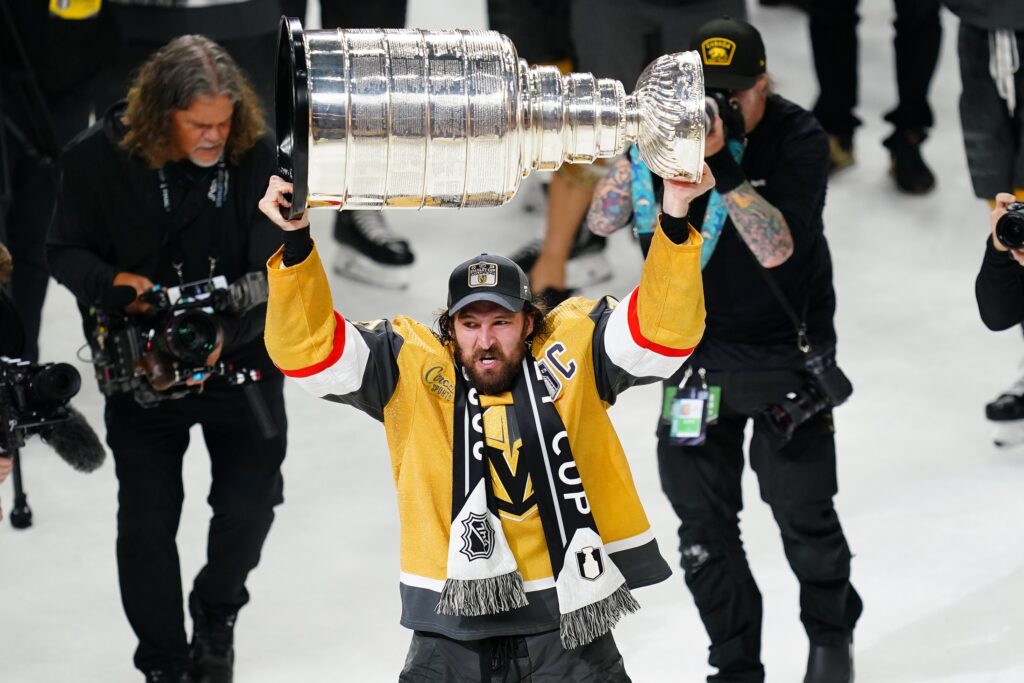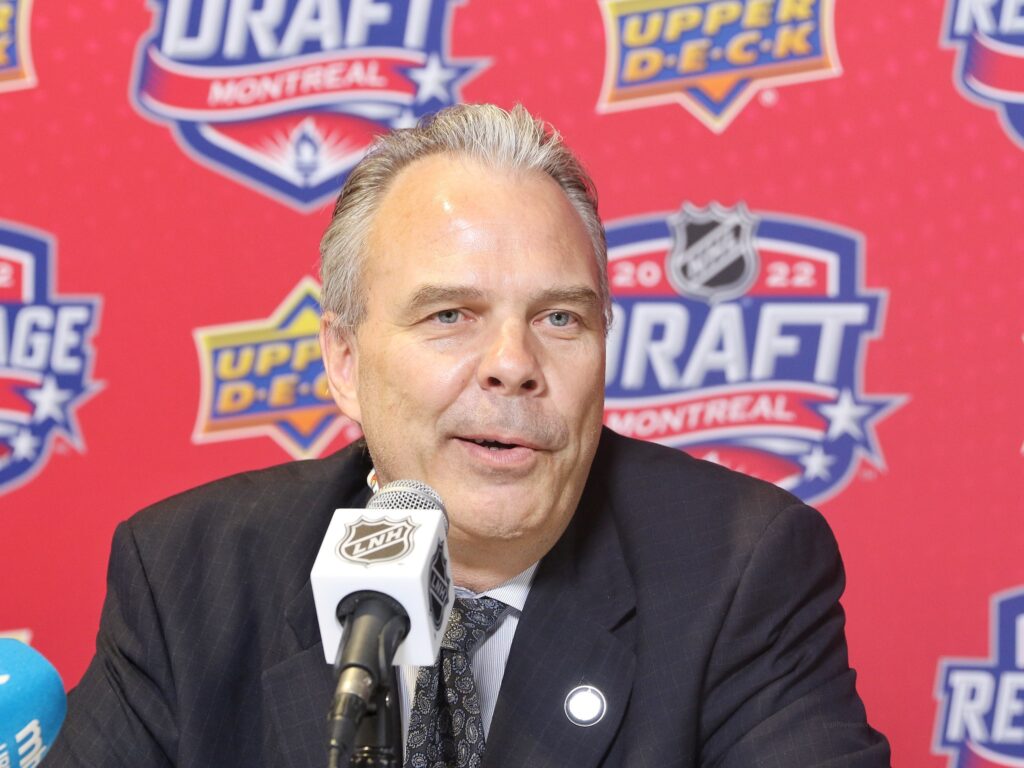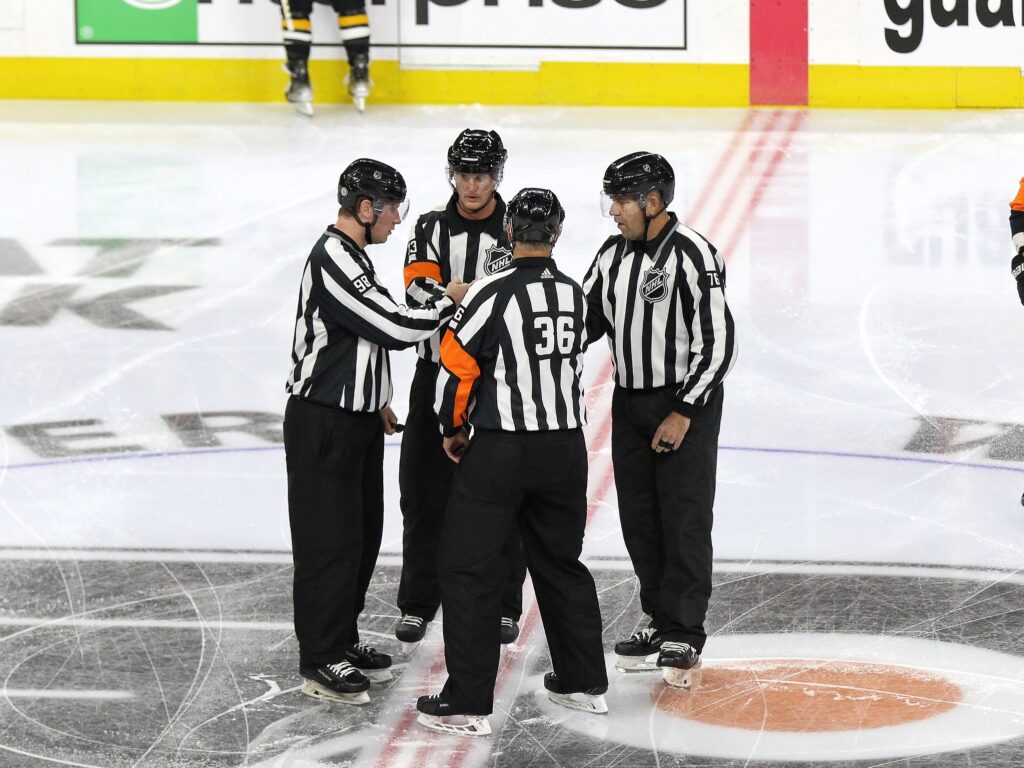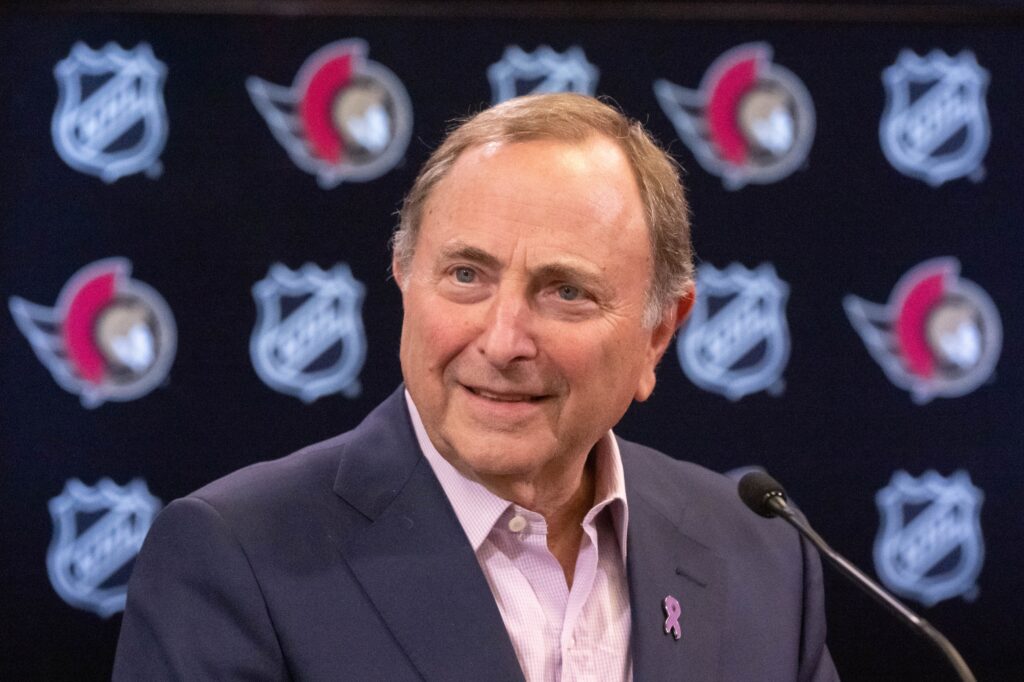The dust has barely settled on another thrilling Stanley Cup Final, but the most significant changes to the National Hockey League landscape aren’t happening on the ice—they’re being finalized in the boardroom. While a new four-year Collective Bargaining Agreement isn’t set to fully kick in until the 2026-27 season, the league and the NHLPA have agreed to fast-track several crucial changes. Starting this upcoming 2025-26 season, the strategic playbook used by general managers to build a champion is about to be fundamentally rewritten.
For years, fans, media, and front-office executives have debated the merits and fairness of certain rules that, while technically legal, seemed to violate the spirit of a hard salary cap system. Now, those debates are over. The league is moving decisively to promote competitive balance, closing a controversial loophole and introducing new regulations that will impact everything from trade deadline acquisitions to the clothes players wear to the rink. This is more than just a tune-up; it’s the beginning of a new strategic era in the NHL.
No More Playoff Cap Gymnastics: The Loophole is Closed
Let’s call it what it is: the LTIR loophole. For the better part of a decade, it has been the most polarizing team-building tool in a general manager’s arsenal. The strategy was simple yet brilliant in its exploitation of the CBA’s fine print. A team with a high-priced star suffering a legitimate long-term injury could place him on LTIR, freeing up his full cap hit to acquire talent at the trade deadline. Come Game 1 of the playoffs, when the salary cap magically disappeared, that injured star could be activated, allowing the team to ice a roster whose total salary far exceeded the regular-season limit.
This wasn’t a rare occurrence; it was a championship formula. The 2015 Chicago Blackhawks, 2021 Tampa Bay Lightning, 2023 Vegas Golden Knights, and the 2025 Florida Panthers all leveraged this advantage to varying degrees on their way to Stanley Cup victories. While no one ever questioned the legitimacy of the injuries, the competitive advantage gained was undeniable and a growing source of frustration for teams operating strictly within the cap year-round.

That all ends now.
Beginning with the 2025-26 playoffs, teams will be required to operate under a salary cap during the postseason for the first time in league history. The new rule mandates that each team submit a cap-compliant, 20-player roster for every single playoff game. The days of icing a roster $10 million or more over the regular season cap are officially over.
This change has been met with widespread support from general managers across the league, who see it as a necessary correction for the integrity and competitive balance of the Stanley Cup Playoffs. The Stanley Cup is the hardest trophy to win in professional sports, and the consensus is that the path to victory should be paved by shrewd management within a consistent set of rules, not by a well-timed injury and a cap that vanishes when the games matter most.
Navigating Game-Time Decisions Under the Cap
While the closure of the LTIR loophole brings welcome clarity and fairness, it also introduces a new layer of logistical complexity for coaches and management. The quintessential hockey drama of the “game-time decision” is now fraught with salary cap implications.
What happens when a team’s $9 million star forward takes the warm-up but determines he can’t go just minutes before puck drop? Under the old system, a healthy player from the press box simply slotted in. Under the new rule, that last-minute swap must not push the 20-man roster over the salary cap. This could create scenarios where a team’s only cap-compliant replacement is a less-than-ideal lineup choice, or worse, they are forced to dress a player who isn’t 100 percent healthy to avoid a cap penalty.
Winnipeg Jets GM Kevin Cheveldayoff, among others, has acknowledged this new challenge. He believes the game-time decision is a legitimate and ingrained part of the sport that is unlikely to be fully eliminated.

The league is aware of these potential pitfalls and is reportedly working through the implementation details. One idea being floated is the ability for teams to submit a primary and a secondary roster, allowing for a pre-approved, cap-compliant swap in the event of a last-minute injury flare-up. The exact mechanism remains to be seen, but it’s clear that a coach’s pre-game lineup card just got a lot more complicated. Managing the cap will no longer be just a regular-season job; it will be a minute-by-minute concern on playoff game nights.
Shifting Trade Winds and Changing Threads
Two other changes originally slated for 2026-27 have also been pushed forward to this season, impacting both the trade market and rink-side fashion.
First, the practice of “double salary retention” has been eliminated. Previously, a team could trade a player while retaining 50% of his salary, and then the acquiring team could flip that same player to a third team while retaining 50% of the remaining salary. This allowed a player’s cap hit to be effectively reduced by 75%, making high-priced players accessible to virtually any contender. While this financial wizardry led to some fascinating trade deadline scenarios, the league has opted to simplify the process.
The impact of this change, however, may be muted. As Chicago Blackhawks GM Kyle Davidson pointed out, the NHL’s salary cap is finally seeing significant year-over-year growth after years of stagnation due to the pandemic. With more cap space available across the league, the desperate need for complex, multi-team retention schemes may naturally decrease. Teams will have more money to spend, making it easier to absorb a player’s full or 50%-retained salary without the need for a third-party broker.
On a lighter but culturally significant note, the league is officially doing away with mandated team dress codes. The longstanding tradition of players arriving at the arena in suits and ties is now a thing of the past. This move reflects a broader trend in professional sports towards allowing athletes greater freedom of personal expression. It may seem like a small detail, but it’s a modernizing step that empowers players to present themselves as individuals, not just uniformed members of a team.

The Blueprint for Tomorrow’s NHL: A Glimpse into 2026-27
While the changes for the upcoming season are significant, they are merely the appetizer for the main course arriving in 2026-27 when the new CBA is fully instituted. The league as we know it will undergo several more structural shifts.
The most notable change will be the expansion of the regular season from 82 to 84 games. To accommodate the extra games without pushing the Stanley Cup Final into July, the season will begin earlier, in late September, for only the second time in league history. To make room, the preseason will be trimmed to just four games. The league still anticipates awarding the Stanley Cup in mid-June, which suggests the new schedule may incorporate more breaks, a potential win for player health and recovery.
Perhaps the most impactful long-term change will be the reduction in maximum contract lengths. Under the new CBA:
- Players re-signing with their own team will be limited to a maximum of seven years (down from eight).
- Players signing with a new team as free agents will be limited to a maximum of six years (down from seven).
This is a monumental shift in player contract dynamics. The eight-year deal, long seen as the ultimate reward and security for franchise cornerstones, will be no more. This change will force players back onto the open market more frequently and earlier in their careers, potentially leading to more player movement. For general managers, it reduces the risk of being saddled with an unmovable, declining asset on the back end of a massive contract, but it also means their window to keep a championship core together could be shorter.
Finally, the well-established North American player development pipeline is set for a shake-up. A new provision will allow each NHL team to place one 19-year-old drafted player with their American Hockey League (AHL) affiliate. Currently, 19-year-olds drafted from the Canadian Hockey League (CHL) are typically required to return to their junior team if they don’t make the NHL roster. This new rule allows a high-end prospect to test his skills against seasoned professionals a year earlier, potentially accelerating his development. The CHL has, predictably, expressed concerns about losing its top 19-year-old stars. The final details of this arrangement will need to be ironed out between the NHL and CHL when their agreement can be reopened in June 2026, but the intention is clear: to create a new, faster track to the pros for elite talent.
A Word on Officiating
Amidst all the CBA-related discussions, league GMs and coaches also met with NHL executives and officials to review the state of officiating. In a refreshing change of pace from the often-critical public discourse, the consensus from the coaches was overwhelmingly positive. They acknowledged that while perfection is impossible in such a high-speed game, the league’s officiating is currently “in a really good place.” Commissioner Gary Bettman echoed this sentiment, defending the league’s referees and linesmen against what he feels is often unfair criticism. It was a vote of confidence that suggests the on-ice product is being managed effectively, allowing these larger structural changes to take center stage.

The next few seasons will be a period of adaptation for everyone, from the GMs in their war rooms to the players in the locker rooms. The game on the ice will remain the fast, thrilling spectacle we love, but the strategies for building a winner have been irrevocably altered. The era of cap circumvention is over, and a new era of strategic planning, developmental innovation, and competitive parity has begun.
Created with the aid of Gemini AI
